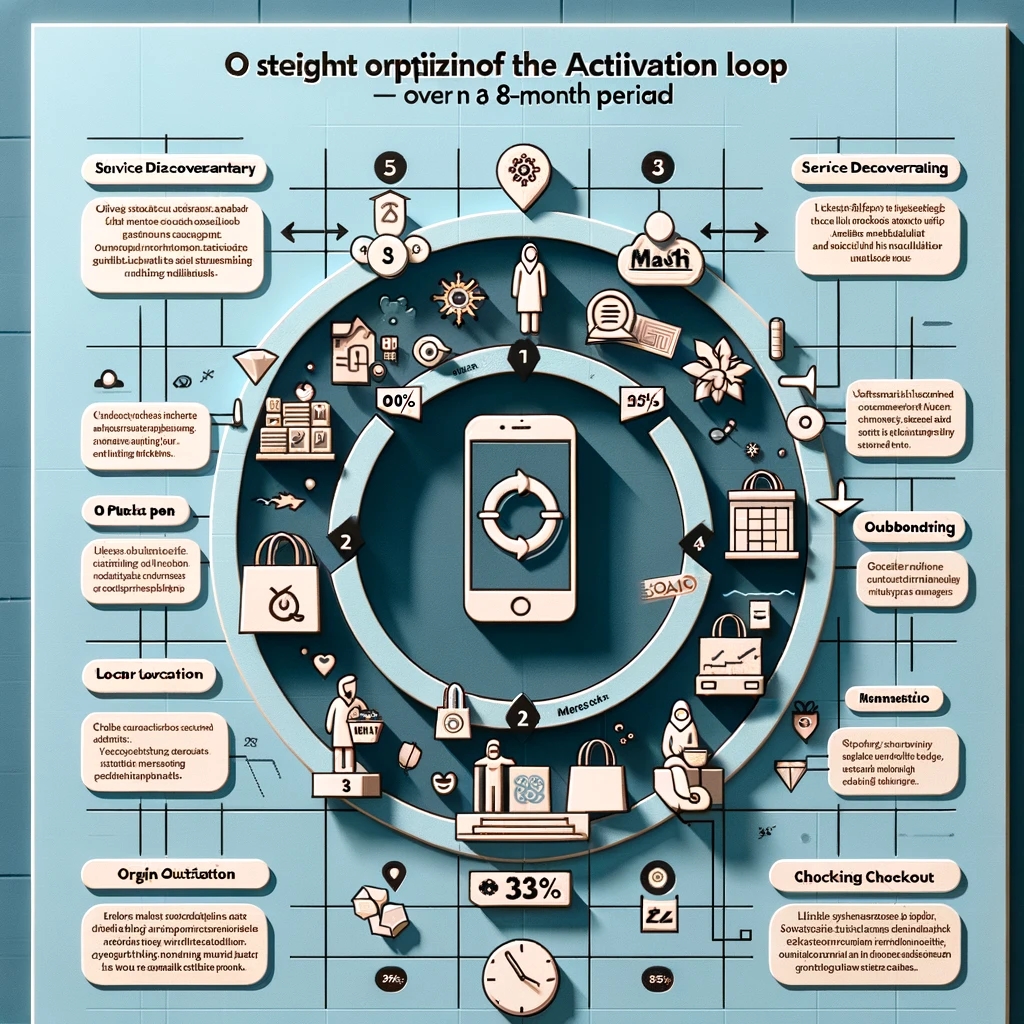Introduction
- Wanted to share the story of working with Mashkor for the initial 8 months working here about how we worked to improve the activation loop, using two frameworks.
- First, focussing with a user centric approach: Engage with users, understand pain points, iteratively develop the product, and refine based on feedback. And secondly implement the, Amazon’s working backwards culture and processes to execute.
Outcomes and Stories of Specific User Groups –
- House wives of Kuwait.
- These users have shown tremendous appreciation for our services, finding immense value in the convenience we offer for their daily outdoor errands and shopping needs. Their feedback highlights how our app has become an integral part of their household management, enabling them to save time and focus on their families.
- Busy office Workers.
- This group values our app for the support it provides in managing their errands amidst hectic work schedules. They appreciate the efficiency and reliability of our services, allowing them to delegate tasks seamlessly and ensure their personal outdoor errands are handled promptly, even during their busy office hours and beyond.
- This group values our app for the support it provides in managing their errands amidst hectic work schedules. They appreciate the efficiency and reliability of our services, allowing them to delegate tasks seamlessly and ensure their personal outdoor errands are handled promptly, even during their busy office hours and beyond.
Goal: Improve conversion rate.
- User Segmentation
- Organic New Users: Individuals who download the app through word-of-mouth.
- Organic New Users: Individuals who download the app through word-of-mouth.
- Pain Points Validation
- Key findings from qualitative and quantitative analyses revealed four major areas for improvement:
- Service discoverability was low; core services were not immediately apparent to users.
- Discovering and storing locations was cumbersome for users.
- The cart and checkout process was overly complex, involving additional steps that deterred completion.
- Key findings from qualitative and quantitative analyses revealed four major areas for improvement:
- Iterative Solution Phases
- Phase 1: Enhancing User Onboarding and Service Discovery
- Objective: Make service discovery straightforward from the onboarding stage.
- Strategies Implemented:
- Revamped onboarding experience to prominently highlight services on the home page.
- Introduced WhatsApp OTP as an alternative to SMS for verification.
- Conducted A/B testing to optimize service discovery placements and design.
- Success Metrics:
- Increased adoption of WhatsApp OTP.
- Higher click-through rates (CTRs) for service discovery.
- Reduced time to conversion.
- Phase 2: Streamlining Location Discovery and Storage
- Objective: Simplify the process for users to find and store locations.
- Strategies Implemented:
- Integrated Google Maps for a more intuitive location search experience.
- Simplified the selection process for Google-identified locations, requiring minimal additional information.
- Success Metrics:
- 80% success rate in selecting top location searches.
- 90% efficiency in storing addresses.
- Reduced time needed to store addresses.
- Phase 3: Simplifying Cart Addition and Checkout Process
- Objective: Make adding items to the cart and checking out smoother and more intuitive.
- Strategies Implemented:
- Overhauled the cart UX to consolidate steps and improve guidance.
- Introduced Apple Pay to cater to user preferences and regional adoption.
- Success Metrics:
- 40% reduction in time to checkout.
- 40% reduction in time to checkout.
- Phase 1: Enhancing User Onboarding and Service Discovery
Conclusive Insights
- Following these three phases and further optimizations led to 40% incremental improvement for conversion rate of.
- The systematic framework emphasized understanding goals, breaking down problems, prioritizing impactful solutions, and iterating based on feedback.
- This approach not only achieved the immediate objectives but also set a foundation for ongoing improvement and user satisfaction.
